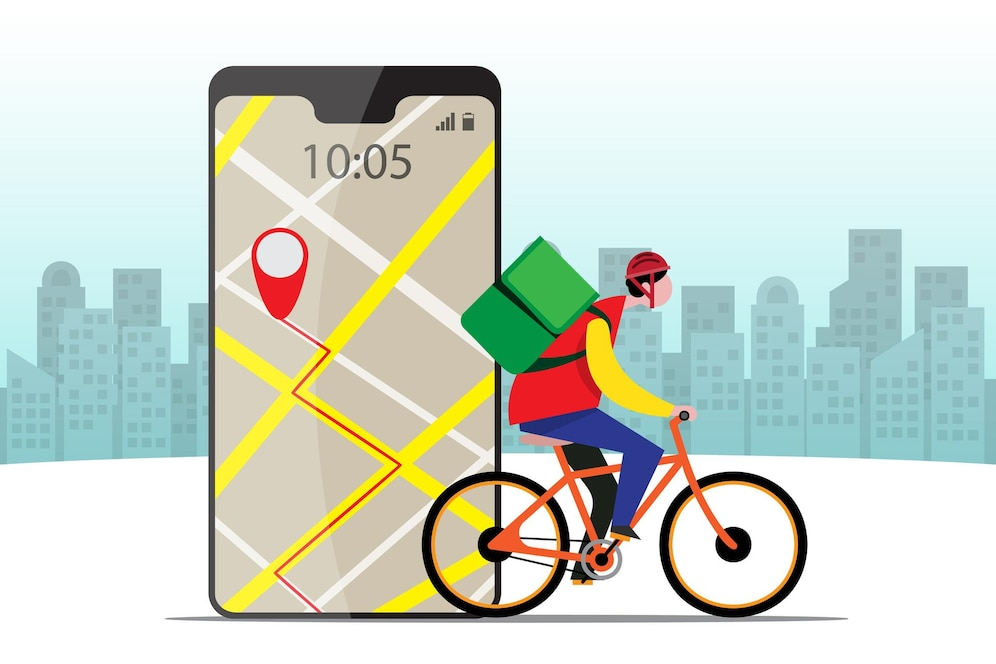Developing a milk delivery app involves a strategic blend of technology, logistics, and customer-centric features to enhance convenience and efficiency for users. In this comprehensive guide, we delve into the essential aspects of milk delivery apps
development, from initial planning to post-launch strategies. Whether you're a startup or an established business, this guide will provide you with the insights and steps needed to create a successful milk delivery app that meets the demands of modern consumers.
Understanding Milk Delivery App Development
Market Trends and Opportunities
Rise of On-Demand Services
The growing demand for on-demand services has reshaped consumer expectations, driving the need for convenient solutions like milk delivery apps. Tap into this trend by offering seamless, on-demand access to dairy products.
Market Potential
Explore the market potential for milk delivery apps, considering factors such as urbanization, changing lifestyles, and the rise of e-commerce. Identify niche markets and opportunities to differentiate your app in a competitive landscape.
Benefits of Milk Delivery Apps
Convenience
Milk delivery apps offer unparalleled convenience by allowing users to order fresh milk and dairy products with a few taps on their smartphones. Eliminate the need for physical store visits and ensure timely deliveries.
Efficiency
Streamline the delivery process with efficient route planning, real-time tracking, and automated scheduling. Enhance operational efficiency to fulfill orders promptly and optimize delivery routes for cost-effectiveness.
Key Features for Milk Delivery Apps
User-Friendly Interface
Intuitive Design
Design an intuitive interface that simplifies the ordering process for users of all ages and technical abilities. Ensure seamless navigation, clear product categorization, and easy checkout options.
Personalization Options
Offer customization features, such as milk type preferences (whole, skim, lactose-free), delivery schedules, and subscription plans. Personalize user experiences to cater to individual preferences and increase user satisfaction.
Advanced Delivery Management
Route Optimization
Implement advanced algorithms for route optimization to minimize delivery times and reduce fuel consumption. Integrate GPS tracking to provide real-time updates and improve delivery efficiency.
Delivery Notifications
Keep users informed with timely notifications about order status, delivery updates, and promotions. Enhance transparency and communication throughout the delivery process to build trust with customers.
Secure Payment Solutions
Payment Gateway Integration
Integrate secure payment gateways that support multiple payment methods, including credit/debit cards, digital wallets, and cash on delivery. Ensure encrypted transactions to protect user financial information.
Subscription Management
Facilitate easy subscription management for users to modify delivery frequencies, update payment details, or pause/resume subscriptions as needed. Offer flexible subscription plans to accommodate varying customer preferences.
Development and Deployment Strategies
Partnering with App Developers
Choosing the Right Development Team
Select experienced app developers or on-demand app development companies with expertise in e-commerce and logistics. Collaborate closely to align app features with your business goals and user expectations.
Agile Development Approach
Adopt an agile development methodology to iteratively build and test app features. Prioritize feedback and make continuous improvements throughout the development process to ensure a high-quality end product.
Testing and Quality Assurance
Comprehensive Testing
Conduct rigorous testing across devices, operating systems, and user scenarios. Test functionalities such as ordering, payment processing, and real-time updates to identify and fix any bugs or performance issues.
User Feedback Incorporation
Gather user feedback during beta testing phases to refine app features and address usability concerns. Incorporate user insights to enhance overall user experience and app functionality.
Launch and Marketing Strategies
Pre-Launch Activities
App Store Optimization (ASO)
Optimize your app store listing with relevant keywords, compelling visuals, and a detailed app description. Enhance visibility and attract early adopters by promoting app features and benefits.
Marketing Campaigns
Develop a targeted marketing strategy across digital platforms, social media, and local advertising. Generate buzz with pre-launch promotions, discounts, and exclusive offers to build anticipation.
Post-Launch Engagement
Customer Support
Provide responsive customer support through multiple channels, such as in-app chat, email, or phone support. Address user inquiries promptly and resolve issues to ensure a positive user experience.
Continuous Optimization
Monitor app performance metrics and user feedback post-launch. Implement regular updates, new features, and optimizations based on data insights to retain users and drive app engagement.
Conclusion
Developing a milk delivery app involves leveraging technology and logistics to offer convenience and efficiency to modern consumers. By understanding market trends, prioritizing user-friendly features, and adopting robust development strategies, on-demand app development company and businesses can create a successful milk delivery app. Focus on user personalization, secure payment solutions, and efficient delivery management to enhance customer satisfaction and retention. With a strategic approach to development, deployment, and ongoing optimization, your milk delivery app can meet the evolving demands of today's digital marketplace and establish a strong foothold in the competitive industry.






Comments